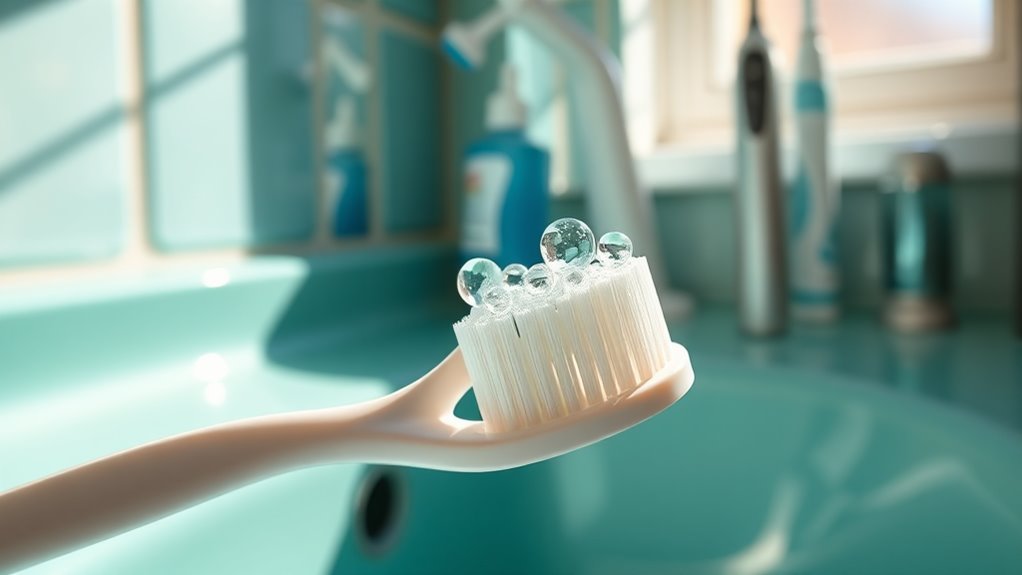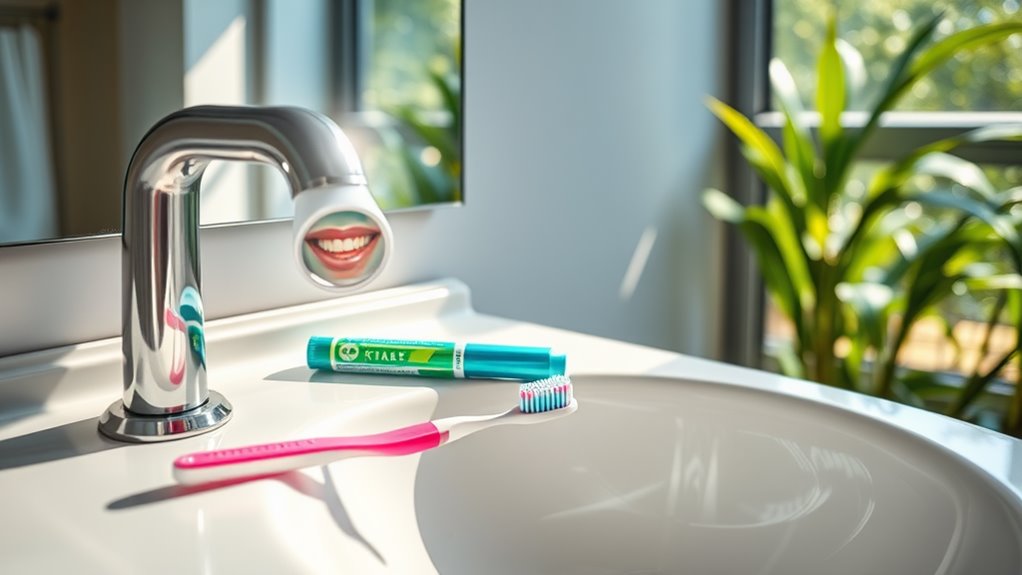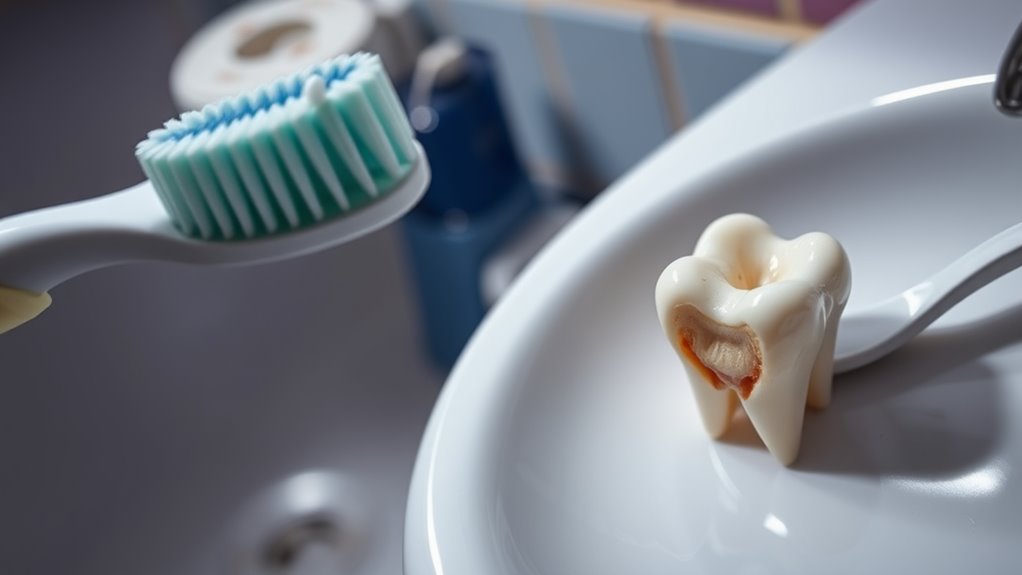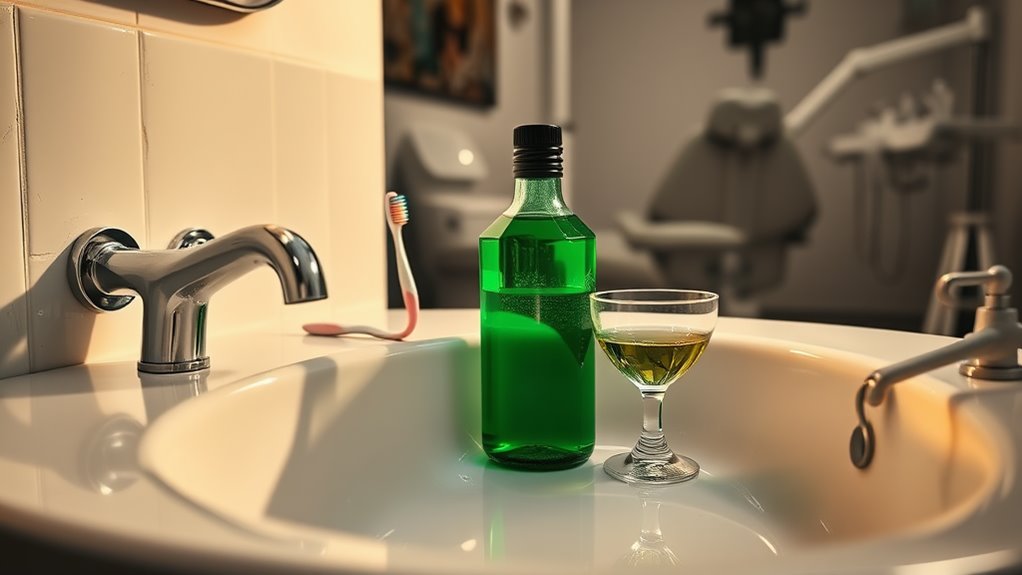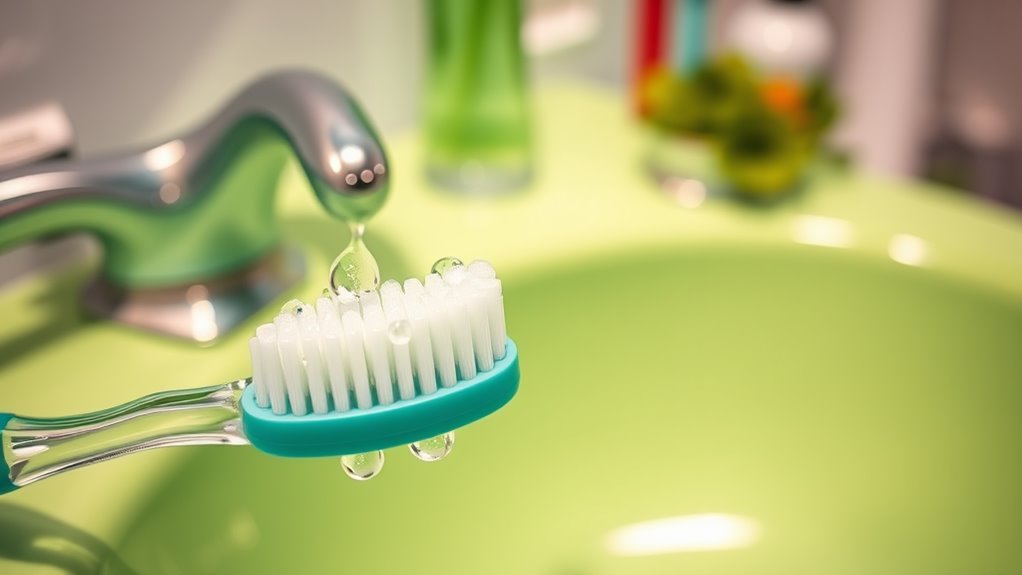The Right Way to Brush Most People Get Wrong
To brush effectively, you need to use a soft-bristled toothbrush and fluoride toothpaste. Focus on gentle circular motions, covering all surfaces for at least two minutes. Avoid brushing too hard, which can harm your gums and enamel. Don’t forget the back surfaces of your teeth, and remember to replace your toothbrush every three to four months. Getting the technique right is essential for your dental health, and there’s more to discover about your brushing habits.
Understanding the Importance of Proper Brushing
Brushing your teeth properly is crucial for maintaining optimal oral health. To understand how to brush teeth effectively, focus on technique and timing. Use a soft-bristled toothbrush and fluoride toothpaste, gently scrubbing in circular motions for at least two minutes. Cover all surfaces, including gums, to remove plaque and bacteria. Proper brushing prevents cavities, gum disease, and ensures fresher breath. Additionally, avoid using worn-out toothbrushes as they cannot effectively remove plaque.
Common Mistakes People Make While Brushing
Although many people believe they’re brushing their teeth correctly, common mistakes often undermine their efforts. For instance, you might brush too quickly or use excessive pressure, which can damage gums and enamel. Additionally, neglecting to clean the back surfaces of teeth and forgetting to replace your toothbrush regularly can reduce your oral hygiene effectiveness. Brushing with proper technique is crucial for better dental health.
The Right Technique for Effective Cleaning
To achieve effective cleaning, it’s essential to focus on your technique rather than just the act of brushing. Use a gentle circular motion to cover all surfaces of your teeth, ensuring you reach the front, back, and chewing surfaces. Don’t forget to brush your gums lightly. Spend at least two minutes brushing to thoroughly remove plaque and food particles for optimal oral health. Proper timing is also important, as brushing after eating can lead to enamel damage.
Choosing the Right Toothbrush and Toothpaste
Selecting the right toothbrush and toothpaste is crucial for maintaining your oral health.
Opt for a soft-bristled toothbrush to avoid damaging your gums. Electric toothbrushes can enhance plaque removal. Research indicates that electric brushes can reduce plaque by 21% more plaque compared to manual brushes.
Choose fluoride toothpaste for cavity protection. Additionally, consider your specific needs; look for options catering to sensitivity or whitening.
Regularly replace your toothbrush every three to four months for optimal effectiveness.
The Role of Timing: How Long and When to Brush
When it comes to brushing your teeth, timing plays a vital role in ensuring optimal oral health. Aim to brush for at least two minutes, twice daily—once in the morning and once before bed. This routine helps remove plaque and prevents cavities. Research supports that brushing before breakfast is particularly beneficial for oral health by removing overnight plaque and bacteria.
| When to Brush | Duration | Importance |
|---|---|---|
| Morning | 2 minutes | Removes morning bacteria |
| Evening | 2 minutes | Prevents plaque overnight |
| After Meals | 30 minutes later | Reduces acid exposure |
Maintaining Your Oral Health Beyond Brushing
While brushing is essential for maintaining your oral health, it’s only part of a comprehensive dental care routine. Incorporate daily flossing to remove plaque between teeth, and consider using an antimicrobial mouthwash to reduce bacteria. Regular dental check-ups are crucial for early detection of issues. Don’t forget to maintain a balanced diet and stay hydrated to support overall oral health. Additionally, daily flossing significantly contributes to stronger teeth and fewer dental procedures.
